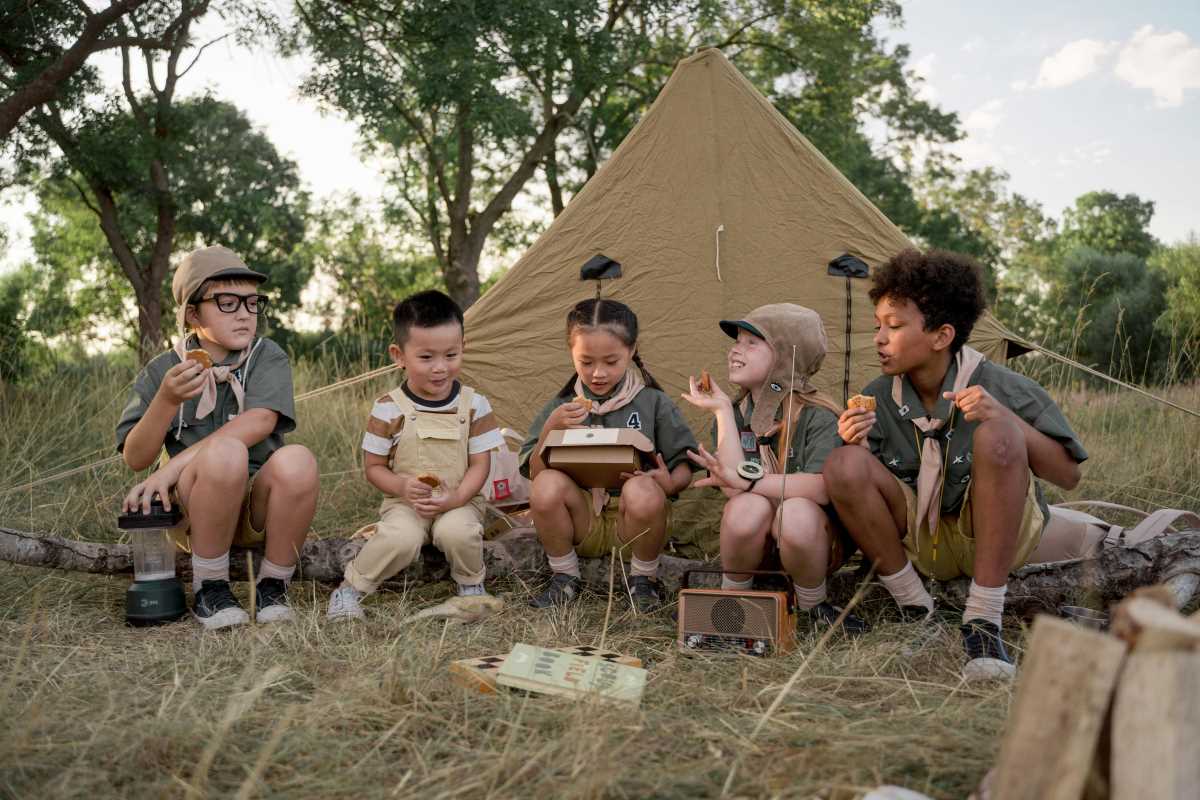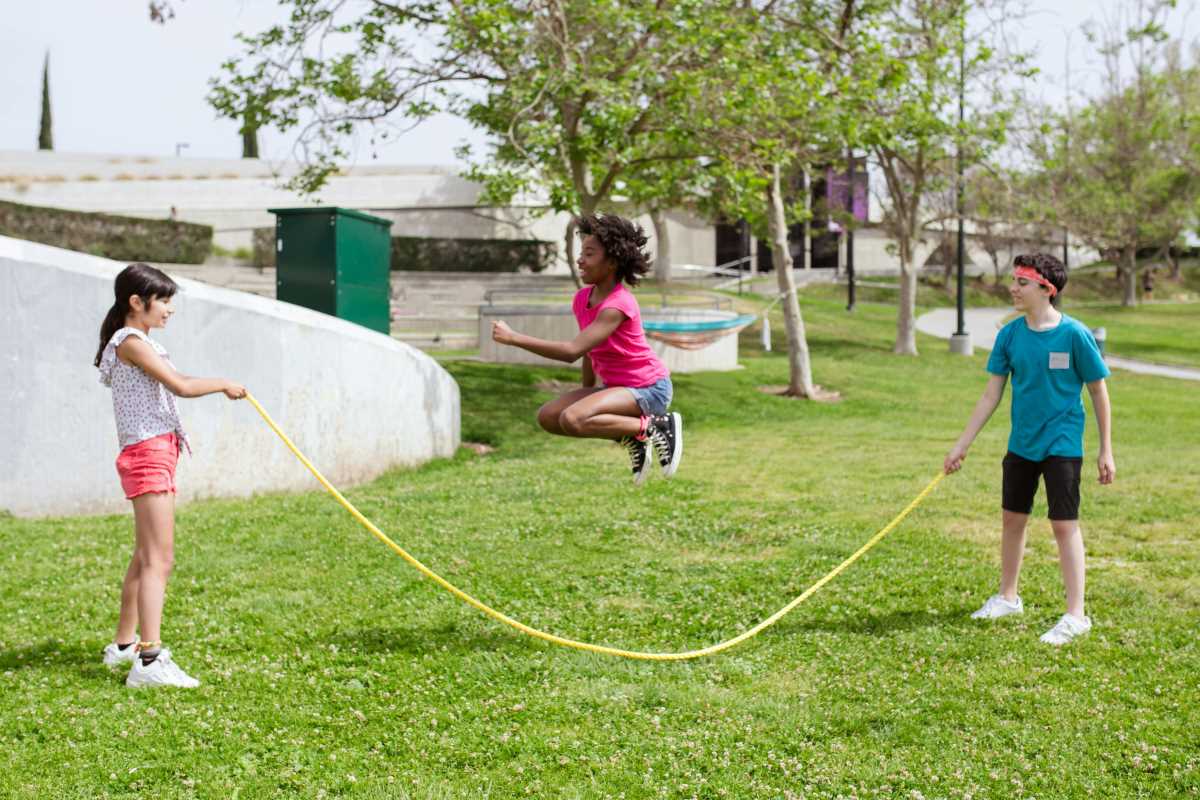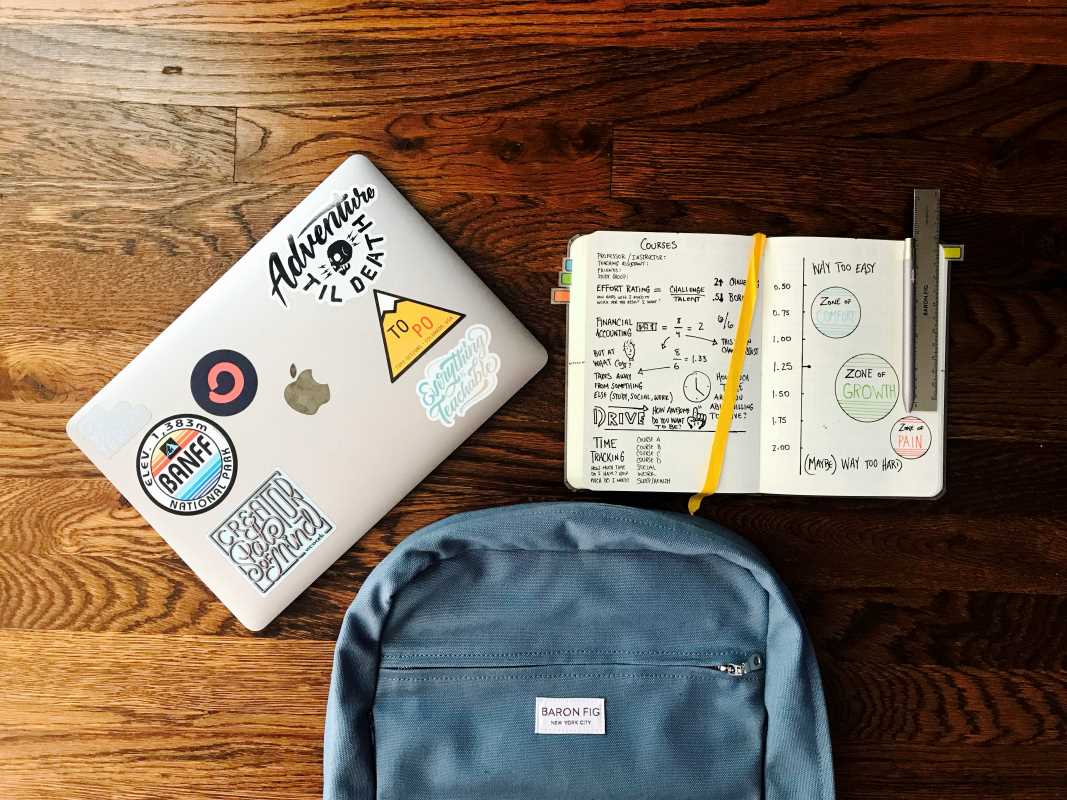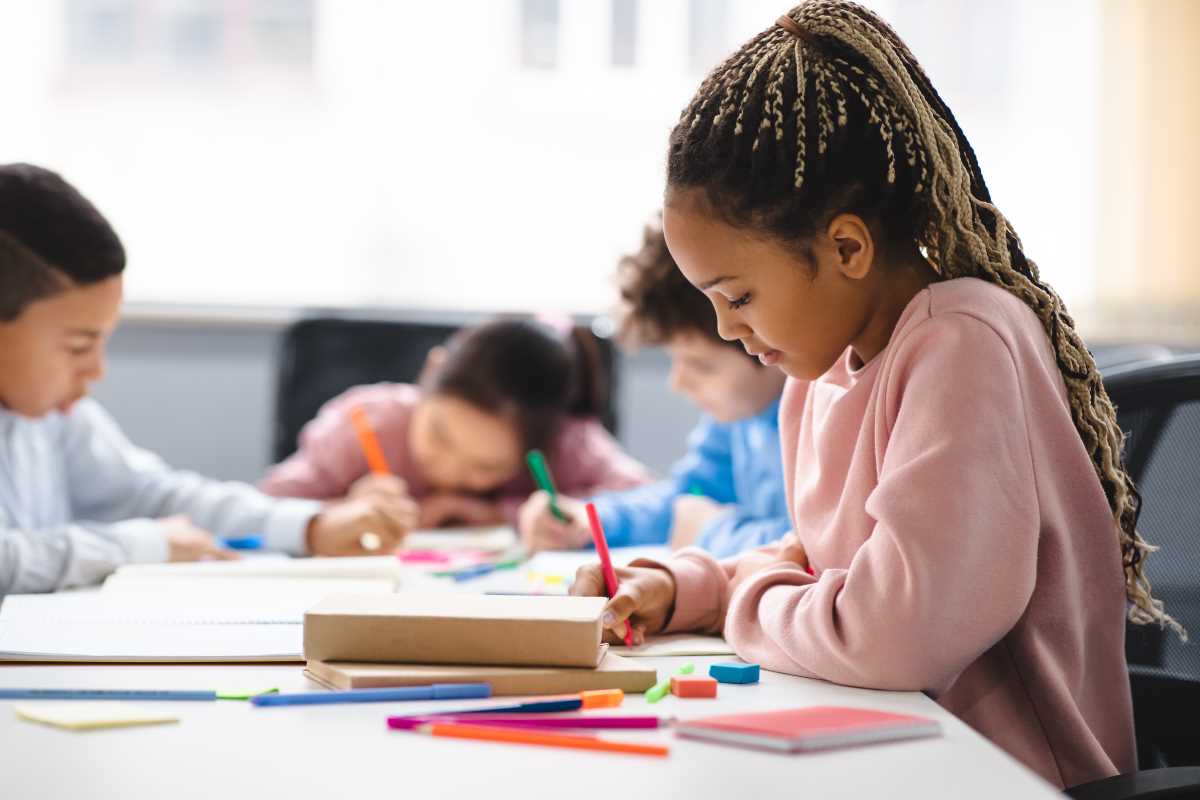Every child learns in a way that is uniquely their own. While some kids soak up information best by hearing it, others need to see it, move with it, or connect it with real-life examples. Recognizing and celebrating these differences is essential for helping every child thrive in school and develop a love for learning. This guide explores effective study tips for kids with various learning styles, giving parents and educators practical tools to make studying more fun, engaging, and successful.
Understanding Different Learning Styles
Before exploring study strategies, it’s important to understand what learning styles actually are. Learning styles refer to the preferred way an individual processes new information. The most widely recognized models divide learning styles into four main categories:
- Visual Learners: Learn best through images, diagrams, and visual aids.
- Auditory Learners: Retain information more effectively by listening.
- Kinesthetic Learners: Understand material by doing, moving, and touching.
- Read/Write Learners: Prefer information to be displayed as words, both in reading and writing.
While most children use a blend of these styles, one or two usually feel most natural or productive. By tailoring study methods to fit each style, students can absorb material with more ease, confidence, and enjoyment.
Understanding these styles is the first step toward helping a child succeed academically. It also encourages them to self-reflect and articulate their own learning preferences, a skill that becomes essential as they grow.
Study Tips for Visual Learners
Children who are visual learners thrive on anything they can see, such as charts, maps, colors, and drawings. These learners tend to create mental images of information, which helps them recall details later. Here are some strategies to help visual learners stay engaged and excel:
Use Color-Coding
Visual learners are energized by colors, which can make studying more interactive and less monotonous.
- Color-code notes by subject or topic. For instance, use blue for science, red for history, and green for math.
- Highlight key terms or phrases instead of whole paragraphs, allowing important information to stand out.
- Try using colorful sticky notes for reminders or quick summaries of lessons.
This approach makes it easier for visual learners to organize information and connect related ideas.
Create Mind Maps and Diagrams
Mind mapping is a powerful way for kids to break down complex concepts.
- For example, when studying the solar system, a child could create a mind map with the sun at the center and draw branches for each planet, listing two or three key facts about each.
- Similarly, Venn diagrams can help compare and contrast topics, such as the differences between mammals and reptiles.
Encourage kids to decorate their diagrams with icons, drawings, or symbols. This extra visual layer makes learning more memorable.
Watch Educational Videos
Sometimes, seeing a process in action leaves a deeper impression than simply reading about it.
- Platforms like YouTube Kids, PBS Kids, or National Geographic Kids offer age-appropriate visual explanations of topics ranging from fractions to photosynthesis.
- For history enthusiasts, animated documentaries can make historical events come alive.
By pairing visuals with narration, videos help visual learners connect abstract ideas to real-world examples.
Incorporate Pictures and Flashcards
Flashcards combine words and images, making them an ideal tool for visual learners.
- For vocabulary, create cards with a word on one side and an illustration or visual cue on the other.
- For science terms, draw or print pictures that explain the concept in a single glance, such as parts of a flower or types of clouds.
You can also encourage your child to create their own visual flashcards as an exercise to reinforce the material.
Create a Tidy, Visually Appealing Workspace
The physical environment plays a huge role in a visual learner’s ability to concentrate.
- Keep their desk clutter-free, with neatly organized pens, papers, and books.
- Add inspirational posters, infographic charts, or reference sheets about study topics.
- A brightly lit and calming environment can further enhance their focus and creativity.
Study Tips for Auditory Learners
Auditory learners excel when they can hear and process information aloud. They tend to engage deeply with discussions, recitations, and oral presentations. Here’s how to create optimal study conditions for them:
Read Aloud and Recite
Studying shouldn’t just be a quiet solo activity for auditory learners. Bring the material to life by reading it out loud.
- Read stories, lessons, or textbook excerpts together. This encourages active listening and memory retention.
- After reading, ask the child to summarize the material in their own words. This helps them process and personalize the information.
Use Songs, Rhymes, and Mnemonics
Music and rhythm make facts stick by associating them with patterns.
- For example, teach multiplication tables with songs or rhymes.
- Create silly mnemonics, like “Every Good Boy Deserves Fudge” for the notes on a treble clef line in music (E-G-B-D-F).
Adding playful and auditory patterns channels your child’s natural strengths for remembering information.
Listen to Audiobooks and Podcasts
Audiobooks make challenging stories or textbooks more accessible while fostering comprehension.
- Look for podcasts that blend entertainment with education. These can cover anything from current events to science experiments.
- Listening during snack time or while relaxing ensures the learning continues outside of formal study sessions.
Group Study and Discussion
Collaborating with peers encourages processing through conversation.
- Set up quiz sessions or debates on classroom topics. Other kids’ input can provide fresh perspectives.
- Kids may also benefit from teaching a sibling or friend. Explaining something aloud solidifies their own understanding.
Record and Replay
Allow auditory learners to create their own learning resources:
- Have them record themselves reading difficult terms or passages aloud, and replay it later to review.
- Pause throughout to discuss or ask questions, adding a conversational touch to the study process.
Study Tips for Kinesthetic Learners
Kinesthetic learners gain the most from tactile, hands-on experiences. They learn by doing and appreciate study sessions that engage their full body.
Hands-On Experiments and Activities
- Conduct simple science experiments at home. For example, make a homemade volcano to explain chemical reactions or build a paper sundial to explore how Earth’s rotation works.
- Hands-on projects, like assembling a model of the human skeleton, allow these learners to visualize and touch the material.
These practical experiences reinforce abstract concepts through physical interaction.
Incorporate Movement into Study Time
- Tape large vocabulary words to the wall, then create a scavenger hunt to match the definitions.
- Jump, clap, or do a mini-dance every time they get a spelling word correct. Small actions help keep them engaged while studying.
When movement aligns with learning, information becomes easier to grasp and remember.
Use Manipulatives
Manipulatives are invaluable for kinesthetic learners working on topics like math or geography.
- For basic math, use dice, building blocks, or measuring cups to practice concepts like addition, subtraction, or fractions.
- For geography, use toys or figurines on a map to illustrate distances or borders.
These tools transform abstract ideas into something kids can physically engage with.
Take Regular Breaks
Kinesthetic learners often struggle with extended periods of stillness.
- Use timers to schedule regular breaks during study sessions. For every 20 minutes of focused work, they can stretch, jump, or do a brief physical activity.
- Outdoor breaks, even for five minutes, can reset their focus and improve overall productivity.
Role-Play and Simulation
Turn study into a performance! Acting out scenarios adds energy and creativity to the process.
- For example, re-enact historical events or simulate scientific concepts like the water cycle.
- Assign roles in a play, such as a famous historical figure or a character from a storybook.
Bringing lessons to life through movement fosters deeper connections to the material.
Study Tips for Read/Write Learners
Read/write learners thrive on absorbing and producing text. They are drawn to traditional study tools like books, notes, and essays. Here’s how to enhance their learning process:
Rewrite Notes in Their Own Words
Rewriting is one of the most effective ways for read/write learners to absorb information.
- After a lesson, encourage your child to rephrase notes into their own words. Highlighting key points during the process reinforces comprehension.
- Have them create structured outlines for essays, breaking ideas into bullet points.
This habit not only strengthens their memory but also teaches them to organize their thoughts.
Use Study Guides and Workbooks
Provide access to grade-level workbooks, printable forms, or digital study guides.
- For math, ensure workbooks include step-by-step problem-solving exercises.
- For science, look for worksheets to label diagrams or complete charts.
Completing these materials builds their confidence in tackling written assignments.
Research and Report
Encourage independent exploration with mini-research projects.
- For example, while studying animals, have your child create a “zoo fact sheet” about their favorite species, complete with pictures and habitat details.
- For history, they could write a fictional diary entry based on a key historical figure.
Research projects strengthen critical thinking while keeping the process fun.
Vocabulary Lists and Definitions
Repetition helps read/write learners master words and their meanings.
- Create personalized vocabulary notebooks filled with new words, definitions, and example sentences.
- Practice weekly spelling tests followed by short written paragraphs using those words.
By focusing on both reading and writing, kids develop a well-rounded command of language.
Read Textbooks and Supplementary Materials
Don’t limit them to the textbook alone. Supplement learning with diverse resources.
- Incorporate library books, online articles, or educational blogs that align with their interests.
- Encourage active reading by underlining, annotating, or summarizing material.
Their love of reading can help transform studying into an enjoyable daily habit.
Final Thoughts on Supporting Multiple Learning Styles
While each child has a primary learning style, combining techniques from various styles keeps studying more dynamic and inclusive. A flexible approach benefits all children by stimulating curiosity and creativity.
By equipping your child with study methods tailored to their needs, you're giving them lifelong tools for success. Confidence rises when kids feel understood and empowered, and these small adaptations can lead to significant results in both academic achievement and self-esteem.







